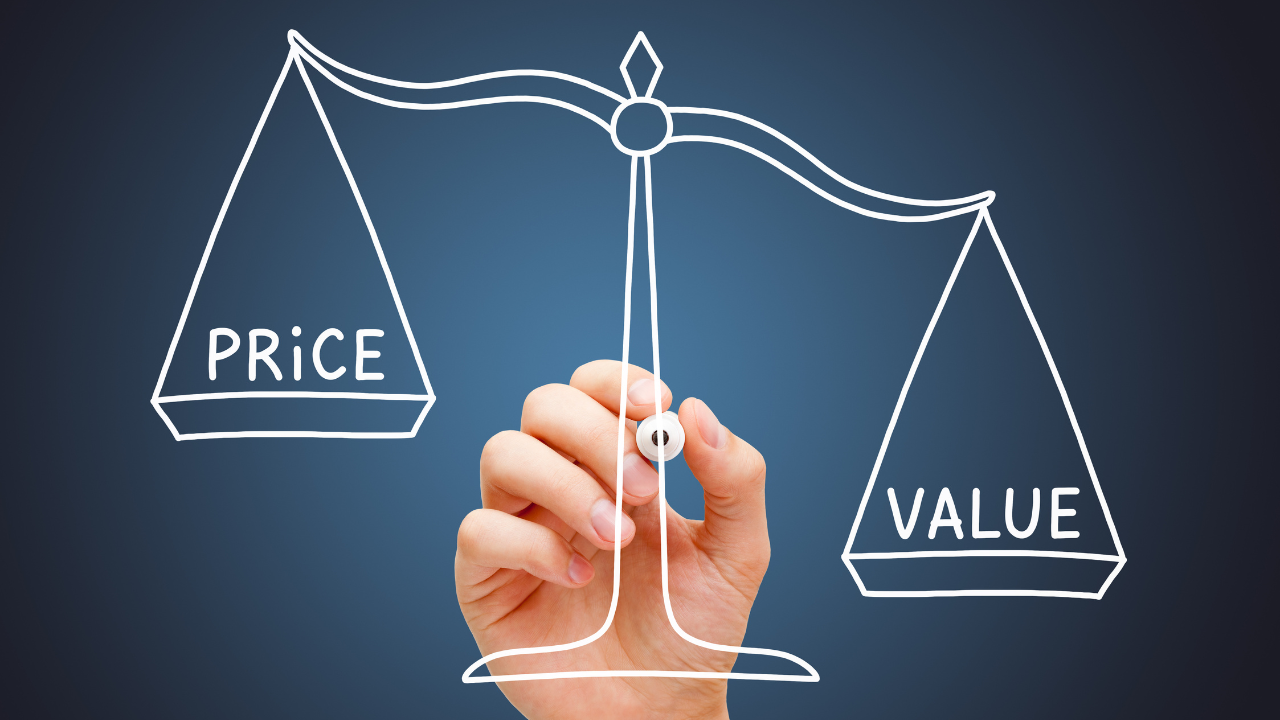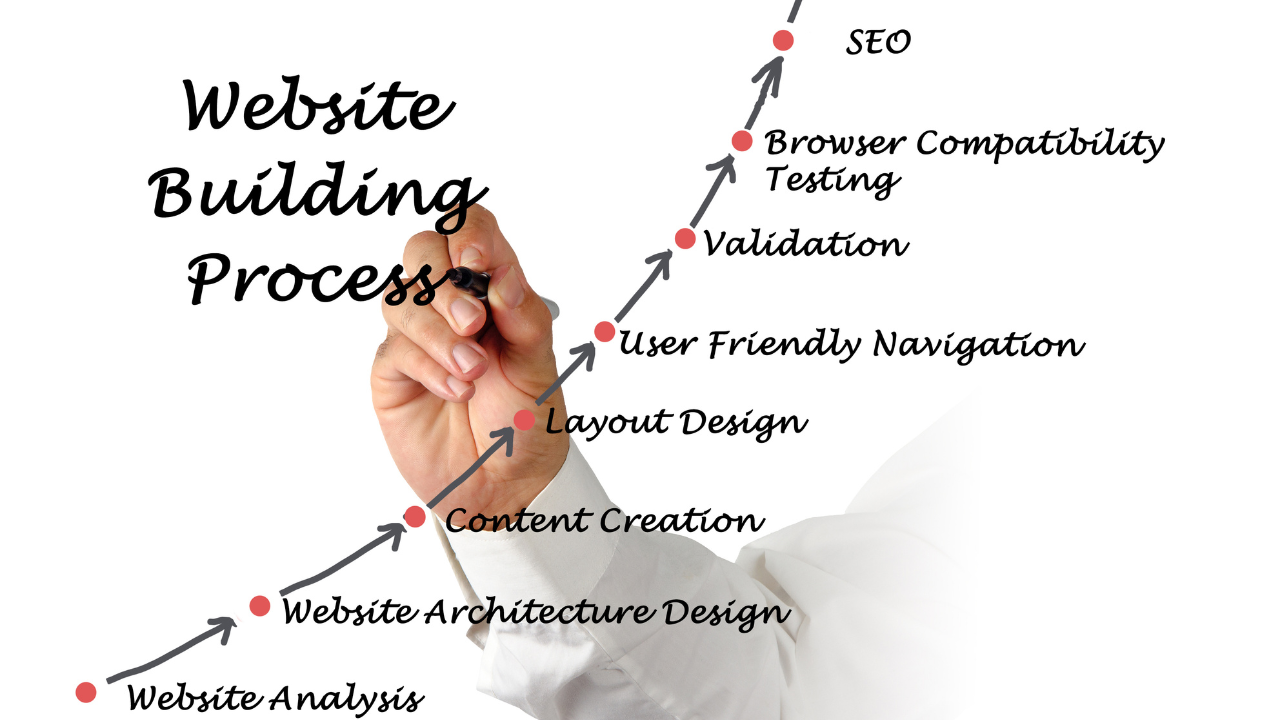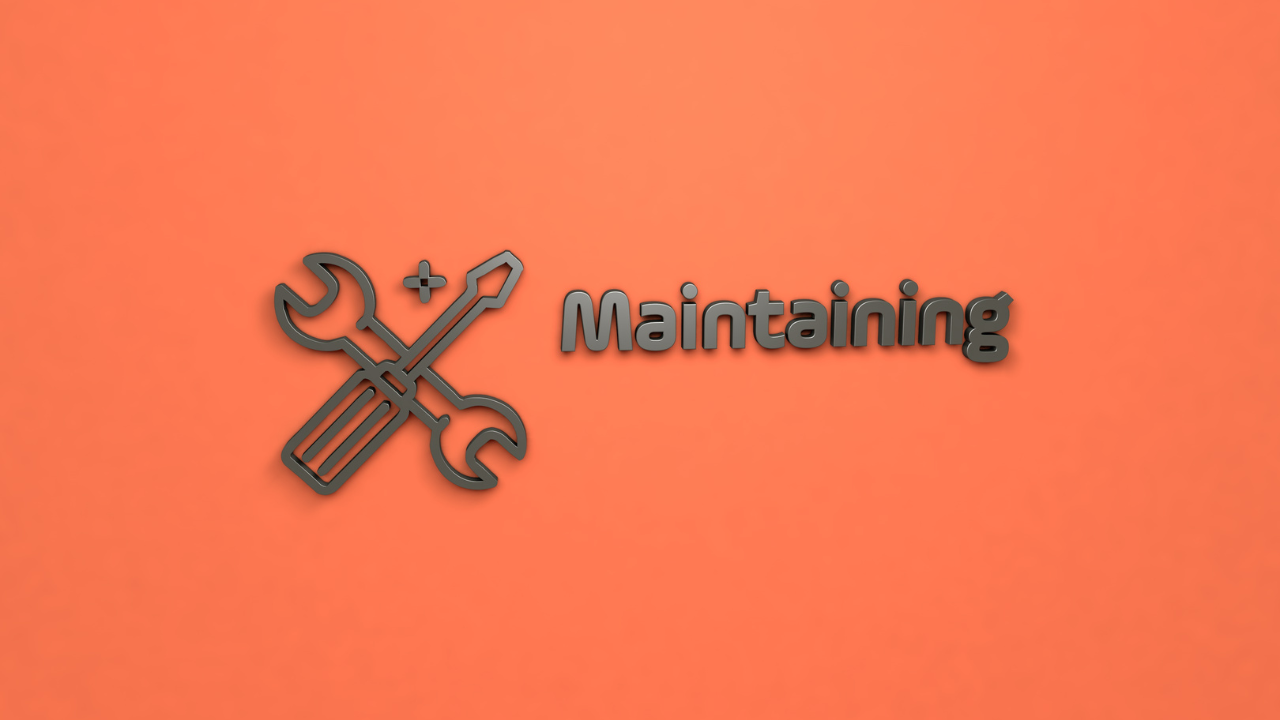You’re staring at your competitor’s slick new website, and your stomach drops. Their online presence makes your DIY site look like it was built in 1999. You know you need professional help, but the thought of hiring a web designer feels overwhelming. Where do you even start? What should you prepare? How much will it cost? The questions pile up faster than unread emails.
I get it.
As someone who’s guided small business owners through this exact process, I’ve seen that deer-in-headlights look before. That moment when you realize your business deserves better online, but the path forward seems foggy at best.
Here’s the thing, working with a web designer doesn’t have to feel like you’re blindly handing over your credit card and praying for a miracle. The difference between a frustrating experience and a smooth, successful project often comes down to one thing: knowing what to expect and how to prepare.
Picture yourself emailing a web designer with nothing but a vague request: “I need a website that pops!” You have no clear budget, no content prepared, and only a fuzzy idea of what you want. Weeks later, you’re shocked by the quote, confused by the timeline, and frustrated by questions you can’t answer. The designer seems to be speaking a foreign language, throwing around terms like “wireframes” and “responsive design” while you nod along, completely lost.
This scenario plays out daily for small business owners diving into their first professional website project. You might feel like you’re supposed to already know everything about websites. You don’t want to look dumb asking “basic” questions. It’s like being asked to order dinner in a fancy restaurant where the menu is written in a language you don’t speak.
Some business owners end up paying way more than necessary because they weren’t prepared with the right questions. Others end up with a website that looks pretty but doesn’t actually help their business because they couldn’t effectively communicate their needs. Many find themselves trapped in project limbo for months because they weren’t ready to provide content when needed.
The anxiety is real. I’ve had clients tell me they delayed getting a professional website for years simply because they were intimidated by the process. That’s like avoiding going to the doctor because you’re worried about the diagnosis which only makes the problem worse.

Now imagine a different scenario.
You walk into your first meeting with a web designer with a clear project brief, examples of sites you love (and why), content already drafted, and a solid understanding of the process ahead. You speak confidently about your business goals and ask informed questions. The designer’s eyes light up because they know this project will flow smoothly.
As the project progresses, there are no surprise fees or mysterious delays. You’re providing feedback at the right moments and making decisions quickly because you understand the purpose of each phase. The designer isn’t chasing you for content because you’ve already prepared it. You’re partners in the process, not just a confused customer.
When the website launches, it not only looks great but actually works for your business. It attracts the right visitors, communicates your value clearly, and converts browsers into buyers. You feel a sense of ownership because you were an active participant in its creation. The investment pays for itself as your online presence starts generating real business results.
This isn’t a fantasy scenario. I’ve seen a lot of business owners transform from confused newcomers to confident collaborators once they understand the roadmap. The difference isn’t magic, it’s simply preparation and knowledge.

Let’s break down exactly what you need to know before you hire a web designer, what materials to prepare, and how the typical process unfolds. Consider this your insider’s guide to getting the website you need without the headaches you fear.
The most successful website projects start long before the first meeting with a designer. Taking time to clarify your needs and gather essential materials will save you money, time, and stress. Think of it as packing for a trip, it is much better to prepare in advance than realize mid-journey you’ve forgotten something important.
Start by defining your website goals in simple terms. Are you trying to sell products directly? Generate leads? Showcase your portfolio? Different goals require different approaches, and being clear about your primary objective helps your designer make the right recommendations. Write this down in plain language like “I want people to call my business for quotes” or “I need to sell my handmade jewelry online.”
Next, gather examples of websites you like. Don’t just say “make it look professional”, show specific examples and explain what you like about them. Maybe you love how a competitor’s site makes it super easy to contact them, or how another site uses colors that feel warm and inviting. These visual references give your designer invaluable insight into your taste and expectations.
Create a simple brand document if you don’t already have one. This doesn’t need to be fancy at all. Just gather your logo files (in high quality formats if possible), brand colors (with hex codes if you have them), and any fonts you currently use. If you don’t have these elements defined yet, that’s okay, just be upfront about it. Many designers can help with basic branding as part of the web design process.

When reaching out to potential designers, provide context about your business and project right from the start. A good initial email might say: “Hi, I run a local plumbing business with 5 employees. Our current website is outdated and we need a new one that helps customers easily request service calls. Our budget is around $X, and we’d like to launch in about 3 months.”
This level of detail helps designers quickly determine if they’re a good fit for your project. Some designers specialize in e-commerce, others in service businesses. Some work best with budgets over $10,000, while others cater to smaller projects. Being upfront about your needs and constraints helps you find the right match faster.
During initial conversations, pay attention to how well the designer communicates. Do they explain concepts in terms you understand? Do they ask thoughtful questions about your business? Communication style is often as important as technical skill when choosing a designer partner.
Don’t be afraid to ask about their process, timeline, and how they handle common bumps in the road. Good designers will have clear answers that help you understand what working together will actually feel like. If someone can’t clearly explain their approach, that’s a red flag.

Website pricing confusion causes more anxiety than almost any other aspect of the process. You might see offers ranging from $500 to $50,000 and wonder what the heck makes up that difference. Let me break it down in simple terms.
Websites are priced based on complexity, customization, and the designer’s expertise level. A simple informational site with a few pages will cost much less than an online store with hundreds of products and custom features. Think of it like building a house. A basic house costs less than a mansion with an indoor pool and smart home features.
Most professional web designers use one of three pricing models. Project-based pricing gives you a set cost for the entire project based on agreed-upon deliverables. Hourly pricing charges you for the actual time spent (riskier if scope changes frequently). Retainer models involve a monthly fee for ongoing work and updates.
What should you expect to pay? For small businesses, a professional custom website typically ranges from $3,000 to $15,000 depending on complexity. Basic informational sites fall on the lower end, while e-commerce or membership sites with custom functionality land on the higher end. Be suspicious of prices that seem too good to be true because they usually are.
Always ask what’s included in the price. Will you own the final website completely? Does it include content writing or just design? How many rounds of revisions are included? Is ongoing maintenance part of the package? Understanding exactly what you’re paying for prevents surprise fees later.

Most professional web design projects follow a similar process, though the terminology might vary between designers. Understanding these phases helps you know what to expect and when your input will be needed.
The discovery phase comes first. This is when your designer digs deep into your business, goals, and audience. You might complete a questionnaire, have strategy calls, or work through exercises to clarify your website needs. This phase typically takes 1-2 weeks and requires active participation from you. Don’t rush this part as it builds the foundation for everything that follows.
Next comes the planning and wireframing stage. Your designer will create simple layouts showing where different elements will go on each page. These aren’t pretty yet, they’re like blueprints for a house, showing structure rather than decoration. You’ll review these wireframes and provide feedback on the overall structure and content organization. This typically takes 1-3 weeks.
The design phase is when things get pretty. Your designer will create visual mockups showing exactly how your site will look, including colors, fonts, images, and all visual elements. You’ll provide feedback on these designs, usually going through 2-3 rounds of revisions to perfect the look. This phase typically takes 2-4 weeks depending on the number of unique page designs needed.
Development comes next, when your designer (or their developer) builds the actual working website based on the approved designs. This phase usually takes 2-4 weeks and doesn’t require much input from you until it’s ready for review. During this time, you should be finalizing any content that needs to go on the site.
The review and launch phase is your final chance to test everything and request any last tweaks before the site goes live. You’ll check links, forms, and how the site looks on different devices. Once approved, your designer will handle the technical aspects of launching your site to the world. This final phase typically takes 1-2 weeks.
All in all, a custom website project usually takes 2-4 months from start to finish, though complexity and your responsiveness can extend or shorten this timeline. If you need something faster, be prepared to pay a rush fee or scale back your expectations.

Here’s a secret many first-time website owners don’t realize: content delays are the number one reason website projects fall behind schedule. Your designer can create beautiful layouts, but they need your words and images to fill them.
Start gathering and creating content early, ideally before design even begins. This includes text for all pages, high-quality images of your products or services, team photos, testimonials from happy customers, and any other content that will appear on your site.
If writing isn’t your strong suit, consider hiring a copywriter or asking your designer if they offer content creation services. Many design studios have writers on staff or can recommend freelancers who specialize in web content. This is an investment that pays off as professional copy can significantly improve how well your site converts visitors into customers.
Organize your content in shared documents that your designer can easily access. Google Docs works well for this purpose, allowing you to collaborate and track changes. Label files clearly and keep everything in one centralized location to prevent confusion and lost materials.

Learning to give helpful feedback is a skill that will make your designer love working with you and improve your final results. The key is being specific rather than vague. Instead of saying “I don’t like it,” try “The blue color feels too cold for our brand, and I’d prefer if the contact form were more prominent on the page.”
Collect all your feedback in one consolidated document rather than sending multiple emails with single thoughts. This helps your designer see the complete picture of your requests and prevents anything from falling through the cracks. Most designers will provide a structured way to submit feedback during review phases.
Focus your feedback on how well the design meets your business goals rather than just personal preferences. “This layout doesn’t make it easy for customers to find our bestselling products” is more helpful than “I just don’t like how this looks.” Remember that your designer is an expert in creating websites that work, not just websites that look pretty.
Be decisive when providing feedback. Changing your mind repeatedly or getting too many opinions from others can lead to project delays and additional costs. Trust your instincts and the expertise of your designer rather than polling every friend and family member for their opinion.

Your relationship with your web designer doesn’t necessarily end at launch.
Websites require ongoing maintenance to stay secure, functional, and up-to-date. Discuss post-launch support options before your project even begins.
Many designers offer maintenance packages that include regular updates, security monitoring, backups, and minor content changes. These typically run from $50 to $500 monthly depending on the size and complexity of your site. This might seem like an extra expense, but it’s insurance against hacking, crashes, and technological obsolescence.
If you plan to maintain the site yourself, ask for training on your content management system (likely WordPress, Squarespace, or similar). Good designers will provide documentation or screen recording tutorials showing how to make common updates. Make sure you understand what aspects of maintenance you’re responsible for versus what might require professional help.
Plan for a website refresh every 2-3 years to keep up with changing design trends and technology. This doesn’t necessarily mean starting from scratch. Usually all you might need is a design update or feature enhancement to keep your site current and effective.

Not all web designers provide the same level of service and professionalism. Here are some warning signs that might indicate you should look elsewhere:
Be wary of designers who don’t have a contract or clear scope of work.
Professional designers use proper agreements that protect both parties by clarifying exactly what will be delivered, when, and for what price. If someone wants to work on a handshake, that’s risky business.
Question designers who don’t ask about your business goals or target audience. If they jump straight to asking about colors and fonts without understanding what your website needs to accomplish, they’re likely focused on pretty pictures rather than effective results.
Avoid designers who promise unrealistic timelines. Quality custom websites take time to plan, design, and build properly. Anyone promising a comprehensive custom site in a week is either cutting corners or overselling their capabilities.
Be skeptical of designers who claim expertise in everything. Web design, development, SEO, copywriting, and marketing are distinct skills that rarely exist at a master level in one person. Good designers are clear about their core strengths and have partnerships with specialists for other aspects.

Working with a web designer doesn’t have to be intimidating or confusing. With the right preparation and expectations, it can actually be an enjoyable and rewarding process that results in a powerful tool for your business.
Remember that the best web designers want to be partners in your success, not just vendors selling a service. They should be genuinely interested in understanding your business and helping you achieve your goals. The relationship you build might last for years as your online presence evolves.
Start by doing your homework: defining your goals, gathering examples, and preparing basic content. Then reach out to designers with a clear description of what you need. Ask questions, review portfolios thoroughly, and trust your instincts about who feels like the right fit for your project.
The journey from an outdated website (or no website at all) to a professional online presence that drives real business results is absolutely worth taking. And now that you know what to expect along the way, you can approach it with confidence rather than anxiety.
Your competitors might have fancy websites already, but with the right designer partnership, yours can be even better. Because it will be built on a foundation of clear goals, thoughtful planning, and effective collaboration. That’s something no amount of flashy design can replace.

Ready to take that first step? Start gathering your website inspiration examples today, and you’ll already be ahead of most business owners when you reach out to designers.
Looking for more guidance on preparing for your website project? Download this free “Website Planning Workbook” below to organize your goals, content, and visual preferences before contacting designers. It’s the tool the pros wish every client had!